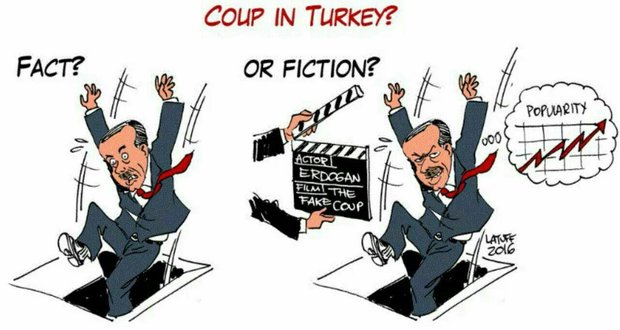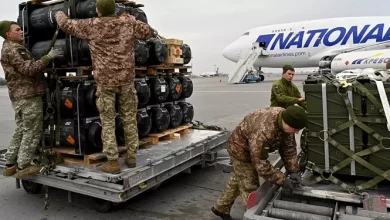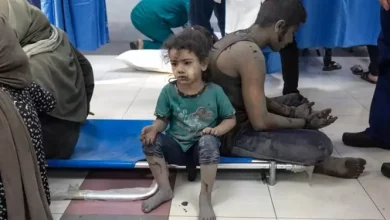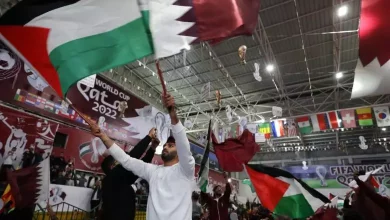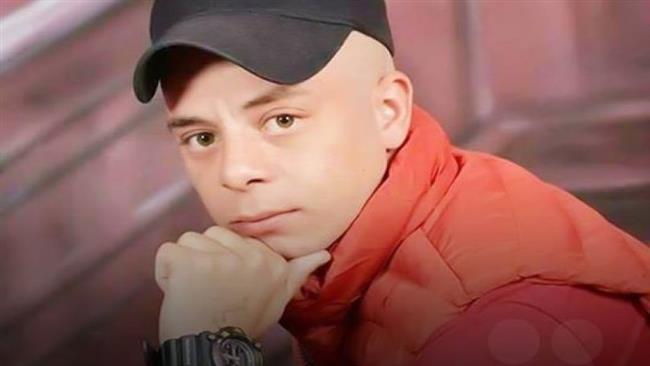Saudi delegation meet with top Ansarullah officials in Sana’a ahead of ceasefire talks
A Saudi delegation has reportedly met with a number of high-ranking officials from the Yemeni Ansarullah resistance movement in Sana’a as part of preparations for talks to reach a final ceasefire agreement to end the eight-year Saudi war.
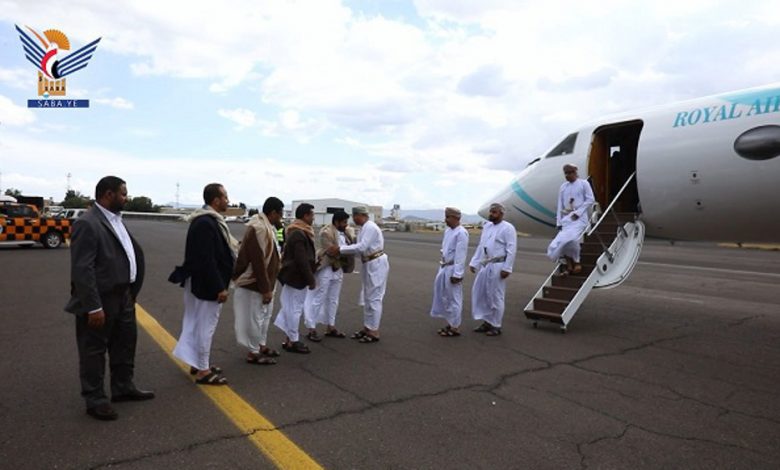
Yemeni media outlets reported that the Saudi delegates arrived in Sana’a on Saturday evening and have held a meeting with Mohammed Ali al-Houthi, a senior member of Yemen’s Supreme Political Council, as well as some high-profile figures of the Sana’a-based National Salvation Government.
On Sunday, Yemeni media outlets published pictures of a Saudi official shaking hands with Houthi in Sana’a.
The outlets added that the faces of the high-ranking Saudi officials involved in the talks with Ansarullah officials have not been publicized at their request.
Meanwhile, an informed source, who asked not to be named, told Yemen’s official news agency Saba that the Saudis are going to negotiate “the removal of the tight naval and air blockade on Yemen, and and end to the eight-year-long aggression, restoration of the Yemeni nation’s rights, and the payment of civil servant salaries as well as a portion of oil and gas revenues” during talks with Mahdi al-Mashat, the chairman of the council.
Local news agencies said Saudi Arabia’s Ambassador to Yemen Mohammed Saeed al-Jaber, who resides in the southern port city of Aden, arrived in Sana’a at the head of the Saudi delegation to meet with officials from the Ansarullah movement and the National Salvation Government, hours after the arrival of an Omani delegation.
Saba reported that Omani delegates arrived on Saturday “to discuss the latest developments in the ongoing negotiations in Muscat with the leadership in Sana’a.”
“A delegation from Oman has arrived in Sana’a to hold talks” with Ansarullah’s leaders “about the truce and the peace process,” an unnamed source at Sana’a airport was quoted by AFP news agency as saying.
The visit by Saudi officials to Sana’a is an indication of progress in Oman-mediated talks between the kingdom and the Ansarullah movement, which run in parallel to UN peace efforts.
It is also a sign that regional rifts are easing after Saudi Arabia and Iran agreed to restore diplomatic relations last month after years of estrangement.
Mohammed al-Bukhaiti, a member of Ansarullah’s political bureau told Lebanon’s Arabic-language al-Mayadeen television news network late on Friday that “there is an understanding between Saudi Arabia and Yemen,” without going into details.
He said that the understandings, as well as initiatives for peaceful settlement of the Yemen crisis, will be announced in two phases: One before Eid al-Fitr, which marks the end of the holy fasting month of Ramadan, and the other at another time.
“We support any proposals and efforts by Saudi Arabia or other parties to pacify the Yemeni crisis and reach a comprehensive political resolution of the conflict,” the senior Ansarullah official said.
On Friday, al-Mayadeen television news network, citing informed sources, reported that Saudi officials had recently held a closed-door meeting with the chairman and members of the so-called Yemeni presidential leadership council, which was established last April after the resignation of ex-president Abd Rabbuh Mansur Hadi, to inform them about a peace plan for Yemen.
Saudi Arabia’s Defense Minister Prince Khalid bin Salman briefed the council on Riyadh’s solution to end the crisis in Yemen, sources said, adding that the Saudis’ vision is to renew the existing UN-brokered truce for a year in an understanding with the Sana’a government.
Riyadh will pledge to pay the salaries of public servants, open Hudaydah port, and help settle the currency problems of Yemen in exchange for Sana’a’s acceptance of the truce, according to the report.
Saudi Arabia launched the bloody war against Yemen in March 2015 in collaboration with a number of its allies and with arms and logistics support from the US and several Western states to reinstall Hadi, who resigned from the presidency in late 2014 and later fled to Riyadh amid a political conflict with the popular Houthi Ansarullah movement.
The war objective was also to crush the Ansarullah movement, which has been running state affairs in the absence of an effective government in Yemen.
However, it has stopped well shy of all of its goals, despite killing tens of thousands of Yemenis and turning the entire country into the scene of the world’s worst humanitarian crisis.
